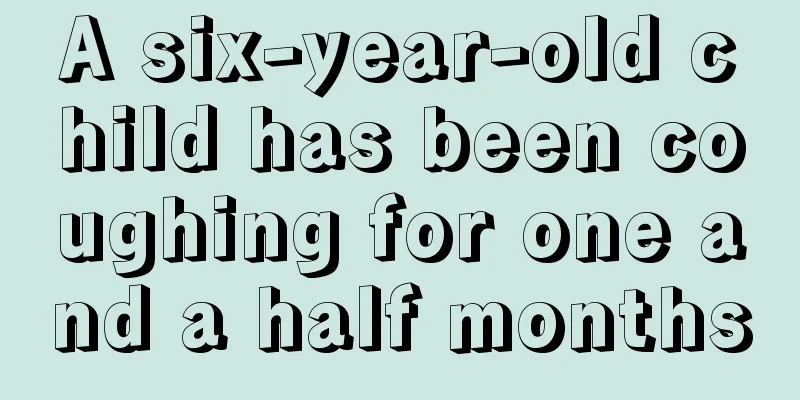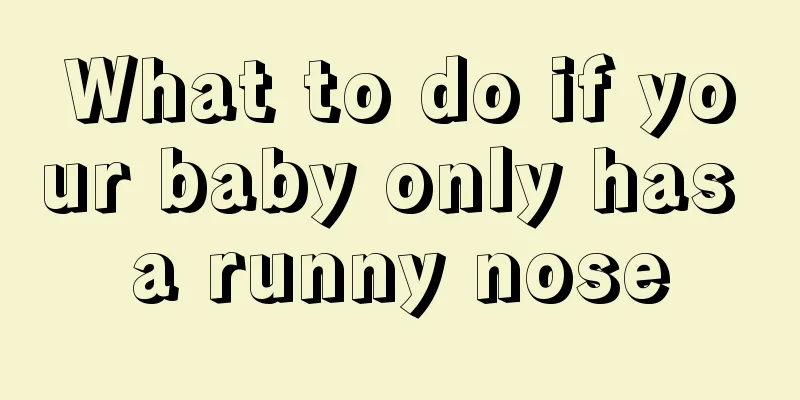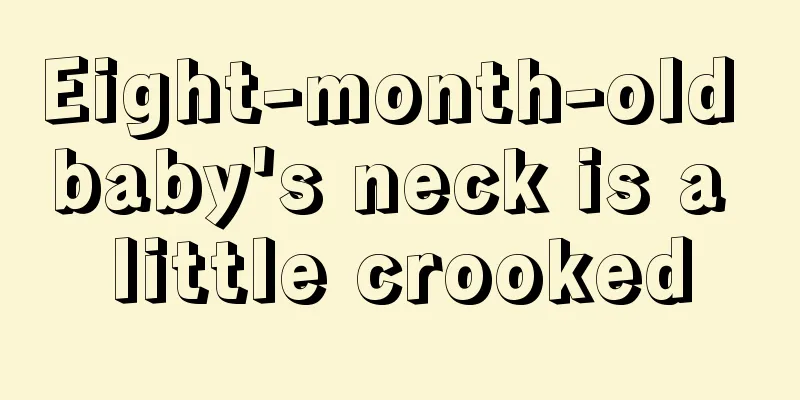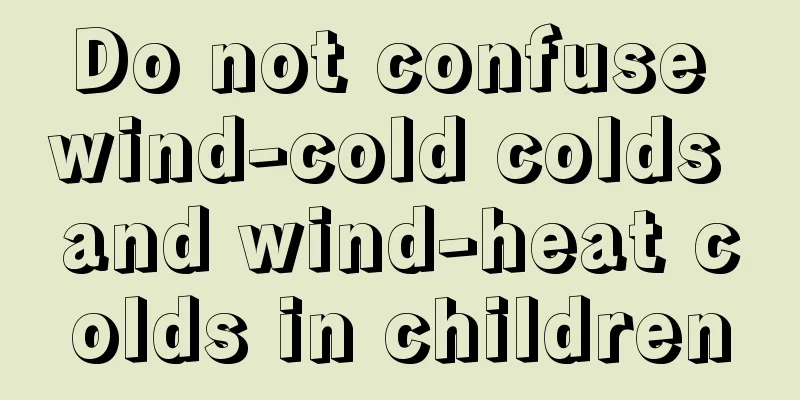What are the treatments for hernia in children?

|
Hernia in children is also relatively common, and there are many factors that may cause it. Some parents lack experience and knowledge about children's hernia, so they often get flustered and don't know what methods to take. In fact, hernia in children is not terrible. As long as it is correctly diagnosed and reasonable measures are taken, it can be treated. What are the main treatment methods? Smaller umbilical hernias, such as those with a diameter less than 1.5 cm, can usually heal themselves within 2 years of age as the abdominal wall strengthens with development. Umbilical hernia in infants rarely becomes incarcerated and can be treated first with non-surgical tape therapy. That is, a wide strip of tape is used to pull the two sides of the abdominal wall toward the midline of the abdomen to prevent the hernia from protruding and to put the navel in a tension-free state, allowing the umbilical opening to gradually heal and close. If the child is over 2 years old and the umbilical hernia has not healed on its own, surgical treatment should be performed. A corresponding arc-shaped incision was made 1 to 2 cm below the umbilical hernia, and the skin flap was freed to expose the anterior sheaths of the rectus abdominis muscles on both sides. Incise the linea alba and hernia sac. If there is no intact hernia sac, incise the peritoneum. The intestine was returned, the hernia sac was removed, and the peritoneal incision edge was sutured at the hernia ring. The transverse abdominal fascia is sutured horizontally, and then the linea alba is sutured longitudinally to close the umbilical ring and repair the weak area of the abdominal wall. Finally, the skin flap that retains the umbilicus is sutured in situ. Things to note after surgery: 1. Avoid excessive exertion in children within 3 months after surgery. 2. If vomiting occurs, stop eating for 4 hours. 3. Protect the wound to prevent infection and suppuration. 4. Sleep on your side. If you had surgery on the right side, sleep on your left side. 5. The scrotum will have varying degrees of swelling after the operation, which will subside in 2-3 days. If there is bruising, further examination is required. 6. The wound should not be exposed to water for 4 days after the operation, and you can take a normal bath after 5 days. Therefore, hernia in children can be treated. When it occurs, parents should not panic, but should leave their jobs and take their children for examination and treatment. The treatment of hernia in children is chosen according to their own situation. Only by using the right method can you achieve the best results. When treating, you must not blindly choose surgical treatment. |
<<: Why do children get appendicitis?
>>: What should I do if my child plays with private parts?
Recommend
Why does my baby have a hoarse cough?
For young parents, the baby's weak resistance...
Is a child's temperature of 38.3 degrees considered a fever?
Once they find that their children have a fever, ...
What to do if your baby swallows crayons
When the baby grows up, many parents will prepare...
What should I do if my child doesn’t like to use his brain? How to help children
Many children like to know the answer directly an...
What should I do if my baby has allergies around his mouth?
Nowadays, allergies are still related to personal...
What kind of exercise can help children grow taller?
Both parents and children themselves may hope to ...
There is secretion on the baby's underwear
When taking care of a female baby, parents must p...
How to perform surgery for enlarged tonsils in children
Tonsillitis may cause colds and fevers. Some babi...
What to do if your child falls and gets a bump on his forehead
When children are just learning to walk, they wil...
What should I do if my baby has a fever after vaccination?
Fever is a common phenomenon, but many babies wil...
Neonatal urachal fistula
A urachal fistula usually occurs in newborns and ...
Why does a 6-year-old boy urinate frequently?
Symptoms of frequent urination and urgency are mo...
What factors affect the normal height of children?
The growth and development level of children is a...
Why do children grind their teeth when they sleep at night?
I wonder if mothers have noticed that babies have...
What to do if your baby has a sore throat
There are many children in our daily life who are...









